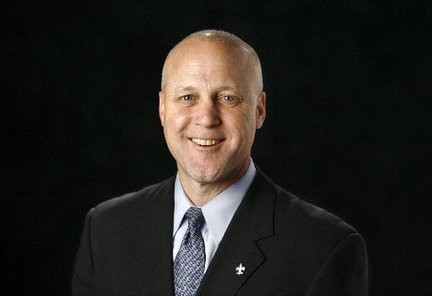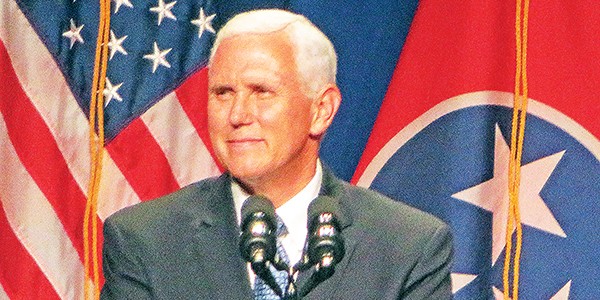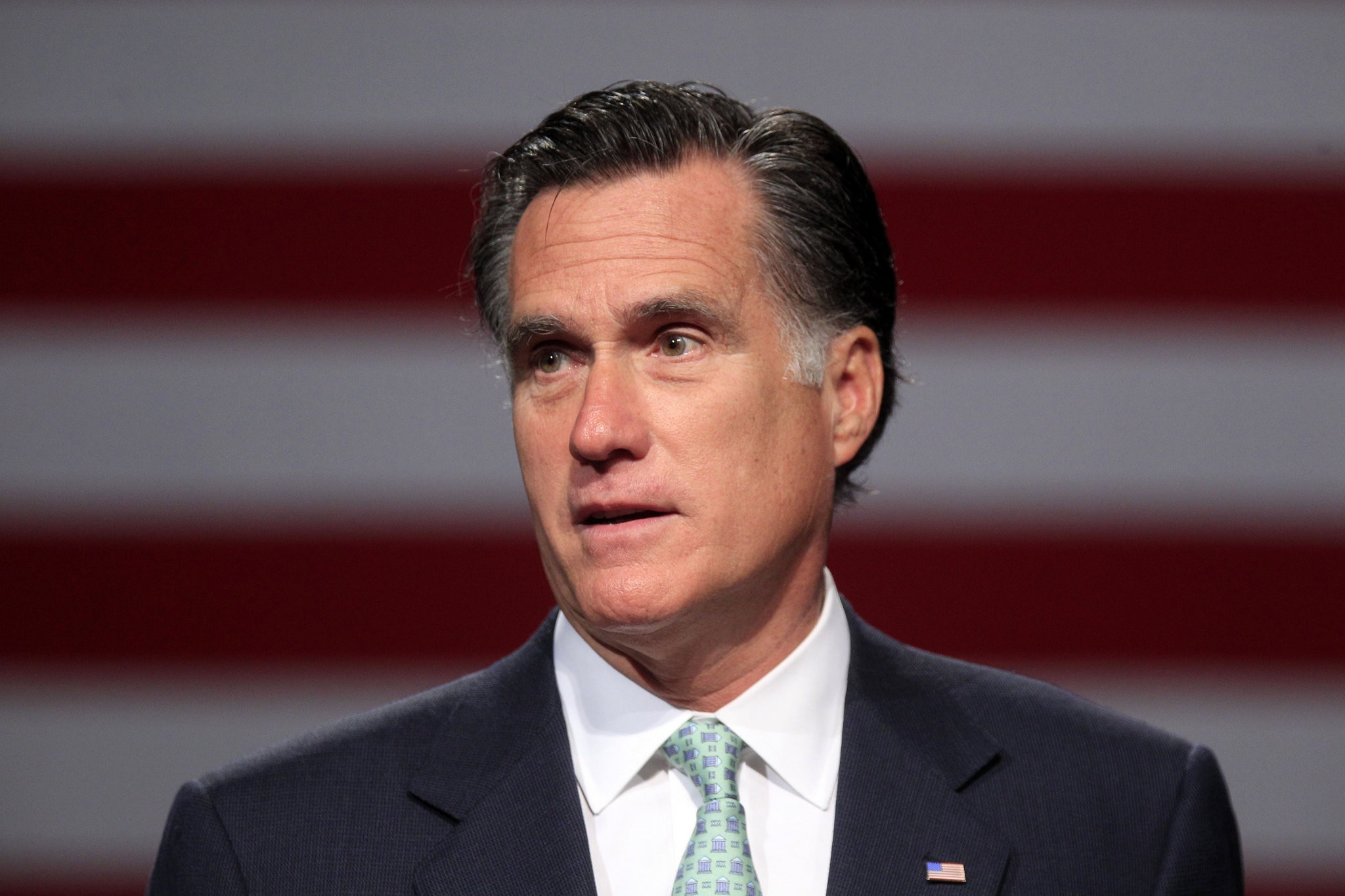Sometimes in this trade, the act of choosing a headline can be a difficult matter. Not so in this case. The headline of this editorial happens to be the phrase used by 7th District U.S. Rep. Marsha Blackburn to describe the ill effects of a 2016 law she sponsored that loosened regulations on the prescription of addictive opioids, and it constitutes a wonderful irony.
Blackburn, now a declared Republican candidate for the soon-to-be-vacated U.S. Senate seat currently held by Bob Corker, has found herself in hot water as a result of her role in passing the law — as documented over the last weekend in a collaborative effort by the CBS newsmagazine 60 Minutes and the Washington Post newspaper.

Congresswoman Marsha Blackburn
Fallout from the investigation has been enormous and immediate and bipartisan and potent enough to force the withdrawal of Pennsylvania GOP Congressman Tom Marino as President Trump’s nominee to head the Office of National Drug Control Policy as the nation’s Drug Czar. Marino found himself in sudden and unexpected disgrace after the CBS-WaPo revelations that he had been among a handful of members who zealously pushed through Congress the Ensuring Patient Access and Effective Drug Enforcement Act of 2016. As the investigation demonstrated, that innocuously titled measure, pushed by self-serving drug manufacturers, camouflaged provisions that, according to former Drug Enforcement Administration official Joe Rannazzisi, purposely struck down important sageguards. The result, he said, was that “unscrupulous” pain-pill hucksters gained the virtually unlimited ability to ply their trade and inflate the nation’s current opioid-addiction crisis to pandemic proportions.
Rannazzisi also told investigators that Marino and Blackburn, two of the bill’s 14 sponsors, had been especially active in pressing the DEA and the Justice Department to withhold their initial objections to the legislation, which went on to virtual unanimous passage by Congress.
But, speaking of unintended consequences, “virtual” is a crucial qualifying word. To what may well be Blackburn’s future discomfort, a likely opponent of hers in the forthcoming GOP Senatorial primary is former 8th District congressman Stephen Fincher, who, either by choice or happenstance, happened not to be in Washington when the 2016 vote on the bill was taken. Unsurprisingly, perhaps, Fincher has elevated the burgeoning opioid-addiction crisis to the very top of his potential issues to run on. And whoever gets the Democratic nomination for the Senate is likely to follow suit.
As one of the 2016 bill’s prime movers, Blackburn finds herself in the uncomfortable position of having been either classically negligent in relation to the bill’s dangerous provisions or willing to overlook them in the service of drug companies that had been especially generous in their donations to her political benefit.
In any case, she — like other members of Congress who failed to interdict this pernicious measure — will have to provide some convincing explanations for their dereliction, and we can at least hope for some enlightenment on that score in next year’s campaign.


 Justin Fox Burks
Justin Fox Burks 

 Jackson Baker
Jackson Baker 